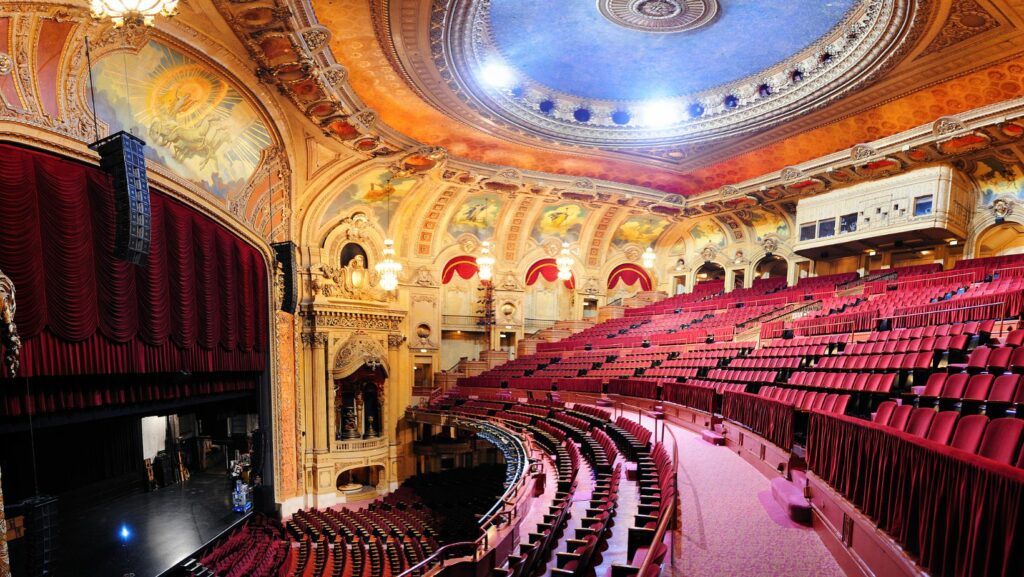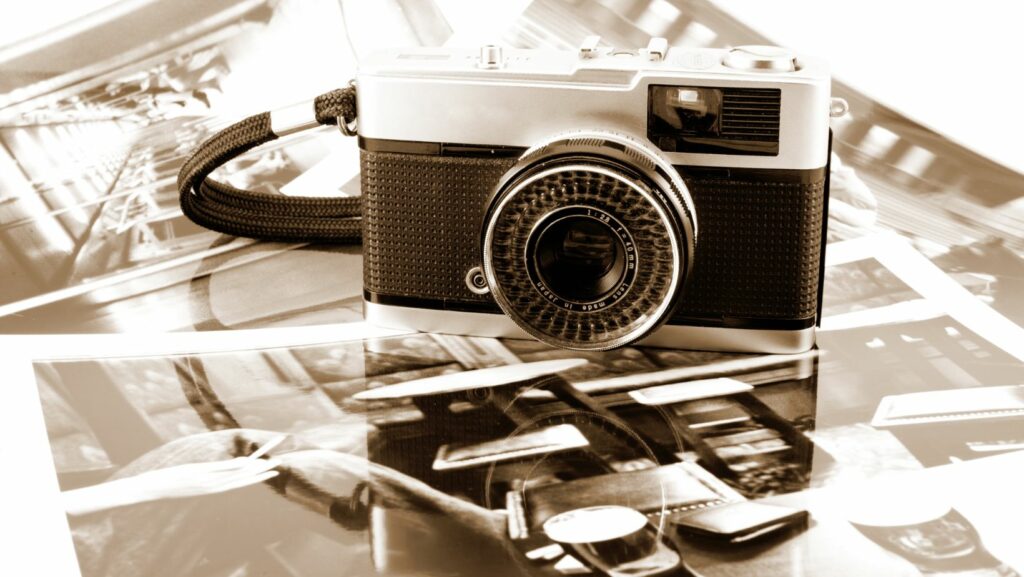Capturing the essence of performing arts through photography is both an art and a science. It requires a keen eye to freeze moments of emotion, movement, and drama that unfold on stage.
This article delves into the unique challenges and techniques involved in this captivating genre, exploring how photographers bring the magic of the stage to life through their lenses.
Performing Arts Photography
Performing arts photography captures the essence of live performances, freezing pivotal moments with precision and artistry.
Importance and Impact
Performing arts photography plays a crucial role in preserving the fleeting magic of live performances. It lets audiences relive experiences and offers new perspectives on dance, theater, and music. By immortalizing moments like a dancer’s soaring leap or an actor’s emotive expression, it transforms transient acts into lasting impressions, enhancing both promotional material and artistic archives.
Key Elements to Capture
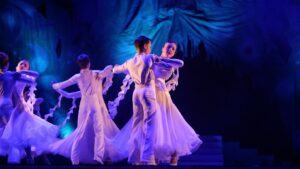
Key elements in performing arts photography include emotion, movement, and lighting. Emotion encapsulates the intensity of performances; capturing a performer’s nuanced expression resonates with viewers.
Movement is central, requiring photographers to master timing and technique to capture fluidity and grace.
Equipment and Techniques
Performing arts photography demands specialized gear and techniques to capture the drama and emotion of live performances. Precision is key when freezing moments of action and expression.
Essential Gear
- Camera: A DSLR or mirrorless camera with high-speed autofocus and low-light capability is essential. These features help capture fast-moving actions and subtle expressions.
- Lenses: Versatile zoom lenses, like a 24-70mm, allow photographers to adjust focal lengths quickly. Prime lenses with wide apertures, such as f/1.8 or f/2.8, enhance low-light performance, crucial in dimly lit theaters.
- Tripod and Monopod: A sturdy tripod or a monopod stabilizes shots during long exposures and reduces motion blur, especially useful for capturing steady and clear images in low-light conditions.
Leveraging this equipment and mastering these techniques enables photographers to adeptly preserve the magic of performing arts photography.
Challenges in Performing Arts Photography
Performing arts photography involves capturing emotion and movement in dynamic environments. Challenges arise due to varying lighting conditions and restricting factors during live performances.
Lighting and Movement
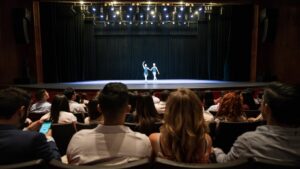 Lighting in performing arts settings often changes rapidly and can be unpredictable. Photographers face difficulty adjusting their camera settings to accommodate shifts from dim lighting to bright spotlights. Consequently, this affects the exposure and can lead to overexposed or underexposed images.
Lighting in performing arts settings often changes rapidly and can be unpredictable. Photographers face difficulty adjusting their camera settings to accommodate shifts from dim lighting to bright spotlights. Consequently, this affects the exposure and can lead to overexposed or underexposed images.
Movement poses another challenge, especially with fast-paced scenes like dance or theater. Capturing sharp images requires precise timing and a high shutter speed to freeze action without blurring. This need for quick adjustments tests the photographer’s skill in anticipating movement and reacting promptly.
Crafting the Perfect Shot
Creating the perfect shot demands careful framing and composition while considering the constraints of the environment. Obstacles like audience members or stage equipment might obstruct the line of sight, requiring the photographer to find the ideal vantage point.
Photographers often work under pressure to seize moments without interrupting the performance. Adapting to physical limitations and quickly choosing appropriate angles, in addition to managing the audience’s presence, is crucial for successful performing arts photography.
Post-Processing and Editing
In performing arts photography, post-processing serves as a critical step to enhance images and align them with the artistic intent of the performance. Proper editing can bring out the best qualities of captured moments, emphasizing emotion, movement, and lighting.
Software Recommendations
Photographers often rely on advanced editing software to achieve professional results. Adobe Lightroom offers robust tools, allowing users to adjust exposure and colors while maintaining image quality. Adobe Photoshop provides advanced manipulation features, making it ideal for retouching and composite images.
Enhancing Images Effectively
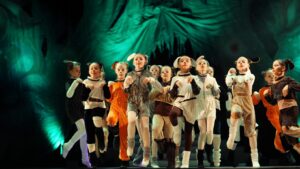 Effective enhancement of performing arts images requires a delicate balance. Adjusting brightness and contrast ensures clarity, especially for images captured in low-light conditions. Fine-tuning white balance corrects color casts from stage lighting, aligning with the performance’s mood. Sharpening enhances details, crucial for images showcasing intricate movements or expressions.
Effective enhancement of performing arts images requires a delicate balance. Adjusting brightness and contrast ensures clarity, especially for images captured in low-light conditions. Fine-tuning white balance corrects color casts from stage lighting, aligning with the performance’s mood. Sharpening enhances details, crucial for images showcasing intricate movements or expressions.
Through specialized equipment and editing tools, photographers enhance the vividness and clarity of their images, preserving the magic of the stage. Influential photographers and their projects illustrate the profound impact of this art form, transforming fleeting performances into enduring works of art.

